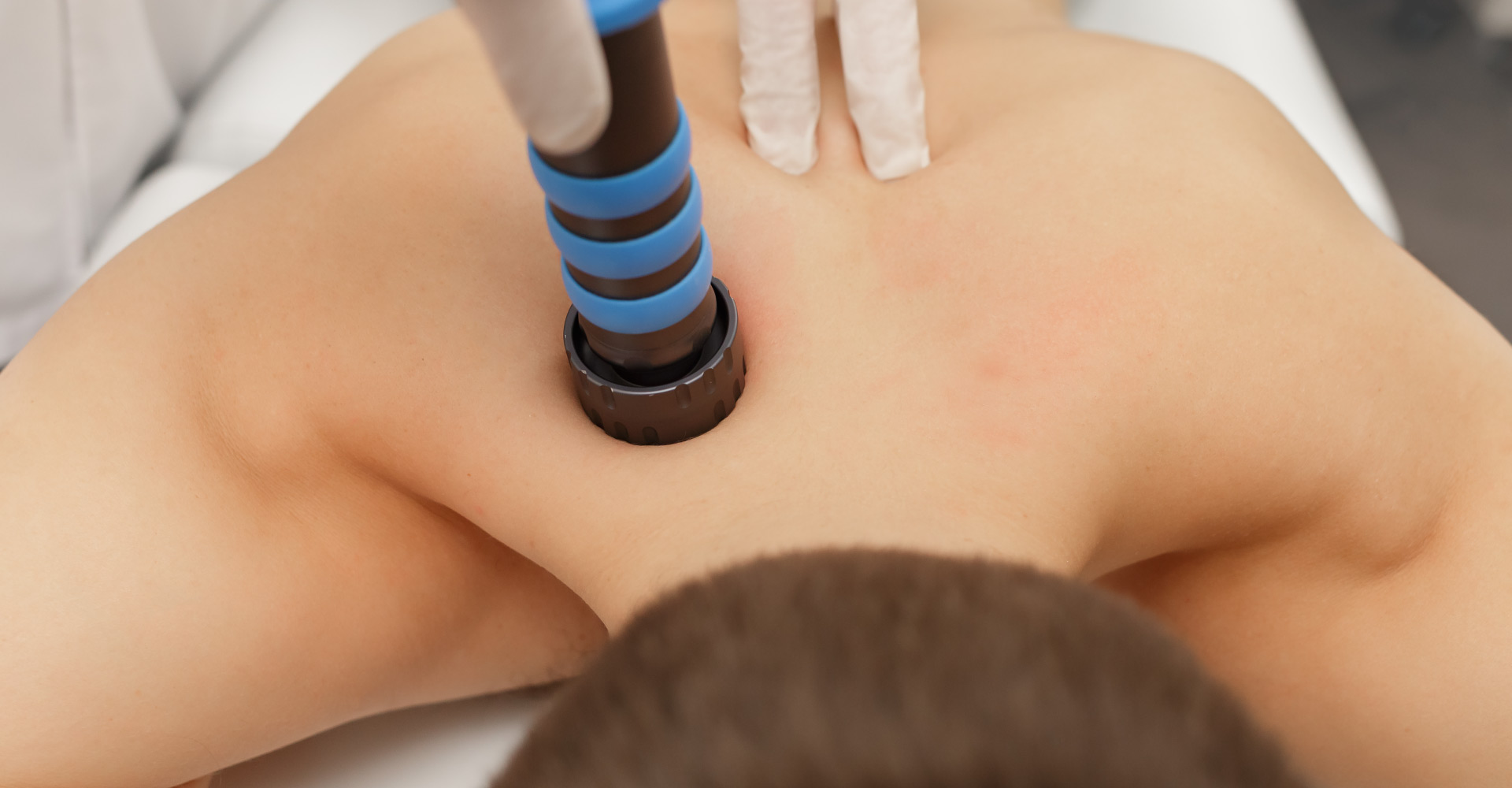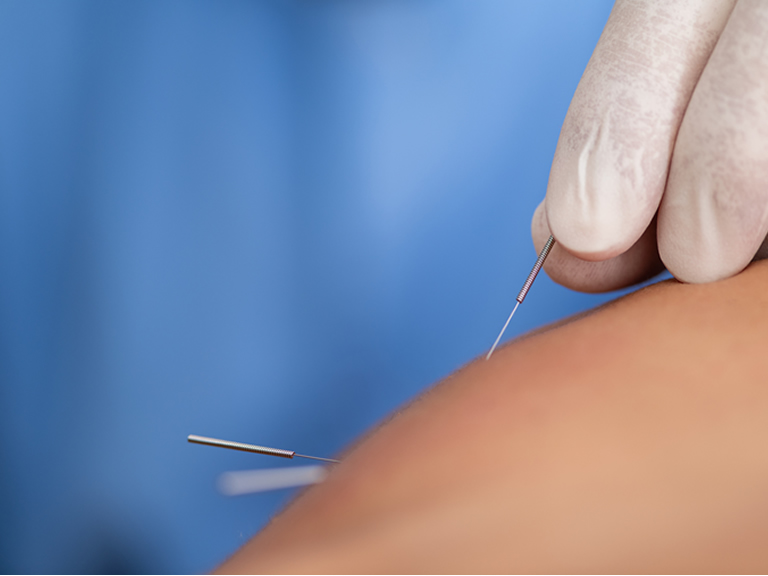Shockwave therapy has gotten much more attention in the past few years as a treatment option for stubborn musculoskeletal conditions. However, I’ve seen some clinics advertise that they have a shockwave therapy device but not what kind of
shockwave.
What is Shockwave Therapy?
Shockwave therapy is a non-invasive treatment that uses acoustic waves to stimulate healing in tissues that have become damaged, inflamed, or degenerated. The therapy promotes blood circulation, encourages collagen production, and accelerates tissue
repair. SWT has gained popularity in musculoskeletal rehabilitation because it offers an alternative to more invasive procedures like injections or surgery.
Personally, I have been seeing a lot of people asking about shockwave therapy to help treat:
● Heel spurs
● Calcific tendinopathies
● Chronic tendinopathies (e.g. tennis elbow, patellar tendons, Achilles tendons)
● Running injuries (e.g. shin splints, plantar fasciitis)
Radial Shockwave Therapy (RSWT)
Radial shockwave therapy involves the generation of acoustic waves that are dispersed radially over a larger surface area. The shockwaves are produced by a hand-held device that creates pressure waves directed at the skin’s surface. These waves spread outward in a non-focused manner, reaching depths of around 2-3 cm beneath the skin.
Mechanism of Action
The radial shockwaves are less concentrated and spread out over a broader area. The waves stimulate the injured tissue and surrounding areas, promoting increased blood flow, cell regeneration, and tissue healing. RSWT works by producing a mechanical
effect that helps break down calcified tissue, reduces pain, and encourages the body’s natural healing processes.
Focused Shockwave Therapy (FSWT)
Focused shockwave therapy, on the other hand, uses high-energy acoustic waves that are concentrated on a specific point of the tissue, often deeper than RSWT. The waves are focused into a small, precise area to treat deeper injuries, and they penetrate more deeply into the body—sometimes up to 5 cm or more—depending on the severity of the condition.
Mechanism of Action
FSWT involves the generation of focused acoustic waves that are highly concentrated on the injured tissue. The energy delivered by these waves is typically more intense, targeting deep structures like tendons, muscles, and bones. The therapy helps stimulate
healing by promoting cellular regeneration, improving circulation, and reducing inflammation.
Which Treatment Is Right for You?
The choice between radial and focused shockwave therapy largely depends on the nature of the injury, its location, and the patient’s tolerance for pain. Here are some general guidelines:
● RSWT is often the first-line treatment for common, less severe musculoskeletal injuries. It is particularly beneficial for conditions affecting the skin’s surface and moderate tissue damage. Patients who are looking for a more affordable, less invasive option may benefit from RSWT.
● FSWT is more suitable for chronic, deep-seated conditions that have not responded to conservative treatments. It is ideal for those with significant tendon damage or when deeper tissues are involved. Despite being more painful, FSWT’s precision and intensity can provide better results for these conditions.
Conclusion
Both radial and focused shockwave therapies have demonstrated their efficacy in treating chronic musculoskeletal injuries. Radial shockwave therapy is a more accessible, less intense option, making it well-suited for superficial or moderate injuries.
Focused shockwave therapy, on the other hand, is better for more severe or deeper injuries that require a more concentrated treatment approach.
If you would like to learn more about shockwave therapy and if it’s the right treatment choice for you, give Monastery Health a call at 709-757-3313. Alex Lye, Reg PT has been performing both types of shockwave in his practice for over 10 years and also owns his own focused shockwave therapy device, the BTL 6000. We look forward to hearing from you!


